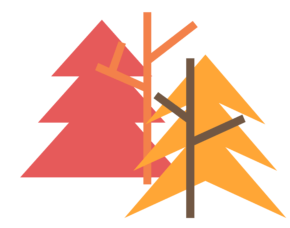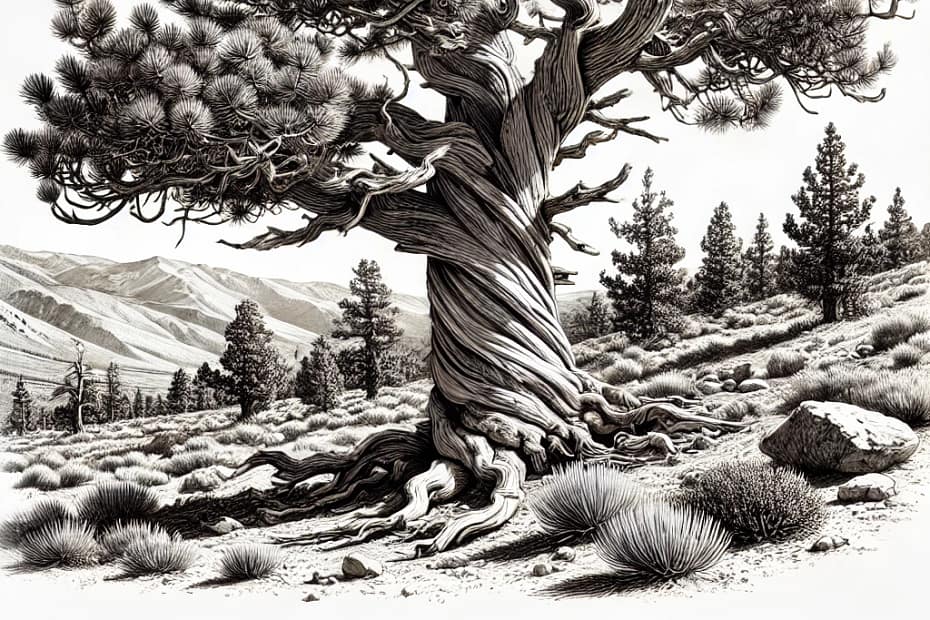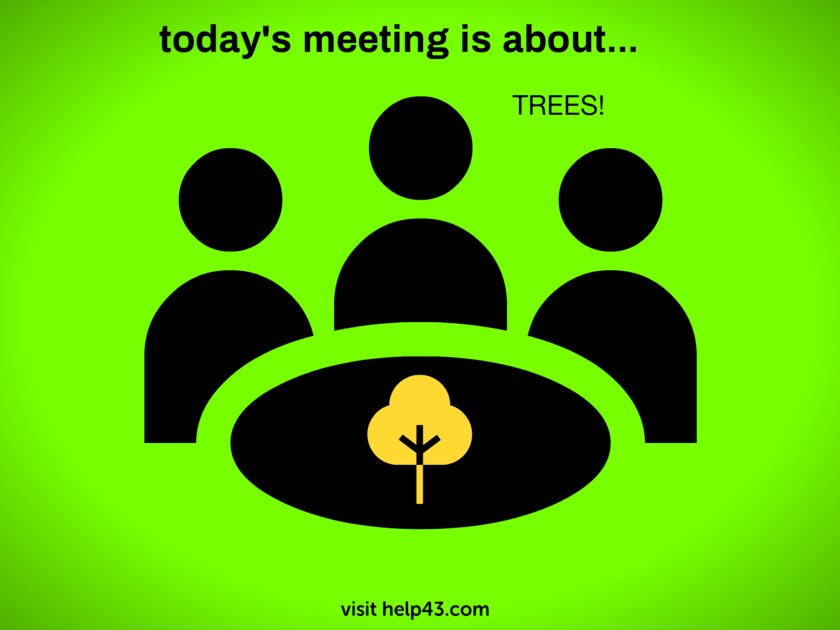(Pinus longaeva)
In the arid, high-altitude regions of the White Mountains in California stands an ancient sentinel of time—the Great Basin bristlecone pine (Pinus longaeva). Among these resilient trees is Methuselah, named after the biblical figure known for his extraordinary age. The bristlecone pine’s gnarled and twisted trunks tell a tale of endurance and survival, weathering millennia of harsh conditions. These trees are not just botanical wonders but also sources of rich stories and legends that intertwine science, culture, and spirituality.
The Legend of Methuselah
The most famous Great Basin bristlecone pine, Methuselah, is estimated to be over 4,800 years old. Discovered in 1957 by Dr. Edmund Schulman, Methuselah quickly became a symbol of longevity and resilience. Its name, derived from the oldest man in the Bible, Methuselah, who lived 969 years, captures the essence of its ancient presence. The tree’s age challenges our perception of time, standing as a living testament to centuries of environmental change.
Methuselah’s legend extends beyond its scientific significance. It has inspired reverence and awe, becoming a pilgrimage site for those who seek to connect with the deep history of our planet. Visitors often speak of a sense of humility and wonder when standing before Methuselah, contemplating the epochs it has silently witnessed.
Sacred Guardians of the Land
For many Native American tribes, ancient trees like the Great Basin bristlecone pines are more than just natural wonders; they are sacred guardians of the land. These trees are believed to house the spirits of ancestors, offering protection and wisdom to those who respect them. The harsh, seemingly inhospitable environments where these trees thrive are considered sacred grounds, places where the veil between the physical and spiritual worlds is thin.
Tribal legends often speak of the trees as sentinels, standing watch over the land and its people. In ceremonies, offerings are sometimes made to these ancient beings, acknowledging their role in the natural order and seeking their blessings for good fortune and protection.
The Quest for Knowledge
The discovery of Methuselah and other ancient bristlecone pines ignited a wave of scientific curiosity. Dendrochronology, the study of tree rings, became a vital tool for understanding past climate conditions. Each ring in a bristlecone pine tells a story of a year’s growth, providing invaluable data on droughts, volcanic eruptions, and other significant climatic events.
Scientists from around the world have flocked to the White Mountains to study these trees, hoping to unlock the secrets of Earth’s climatic history. The bristlecone pines have become symbols of the quest for knowledge, embodying humanity’s enduring drive to understand our planet and its complex systems.
Cultural Connections and Symbolism
The Great Basin bristlecone pines also hold cultural significance beyond scientific communities and Native American tribes. Their resilience and longevity have made them symbols of strength and perseverance in various contexts. Artists, writers, and philosophers have drawn inspiration from these trees, using them as metaphors for enduring hardships and the passage of time.
In literature, the bristlecone pine often represents the steadfastness of nature in the face of adversity. Its ability to thrive in harsh conditions is a powerful symbol of resilience, reminding us that even in the most challenging environments, life can persist and flourish.
Conservation and Respect
As awareness of the bristlecone pines’ significance has grown, so too has the commitment to their conservation. Efforts to protect these ancient trees involve careful monitoring and preservation of their habitats. Conservationists emphasize the importance of respecting these natural monuments, ensuring that future generations can also marvel at their beauty and historical importance.
Visitors to the bristlecone pine groves are encouraged to tread lightly, recognizing the fragile nature of these ancient ecosystems. Educational programs and guided tours help to foster a deeper appreciation for the trees, highlighting the need for responsible stewardship.
Conclusion
The Great Basin bristlecone pine, with its twisted, gnarled branches and ancient trunk, stands as a testament to the resilience and endurance of life. The stories and legends surrounding these trees enrich our understanding of their significance, weaving together threads of science, culture, and spirituality. From the legend of Methuselah to the sacred guardianship in Native American traditions, the bristlecone pines are more than just trees; they are living chronicles of history, symbols of perseverance, and reminders of the intricate connection between humanity and the natural world.
As we continue to study and protect these ancient beings, we honor their legacy and ensure that their stories endure for generations to come. Whether viewed through the lens of science or reverence, the Great Basin bristlecone pines inspire a profound respect for the natural world and its timeless beauty.

Ancient twisted limbs,
Whispers of time in the wind,
Mountains guard their lore.
~ Great Basin Bristlecone Pine (Pinus longaeva) ~
Shop tip
Great Basin Bristlecone Pine (Pinus longaeva) on Amazon
Thank you for likes, shares and comments! 🌳🌴🌲🌵
Invest in your future
Take time to learn
Embark on your journey in affiliate marketing and website creation alongside an incredible community and myself. Invest in your future by dedicating time to learn and earn. Take all the time you need to master the basics before aiming higher. Give it a try and sign up for free. You won't regret it! Discover the possibilities for yourself...


